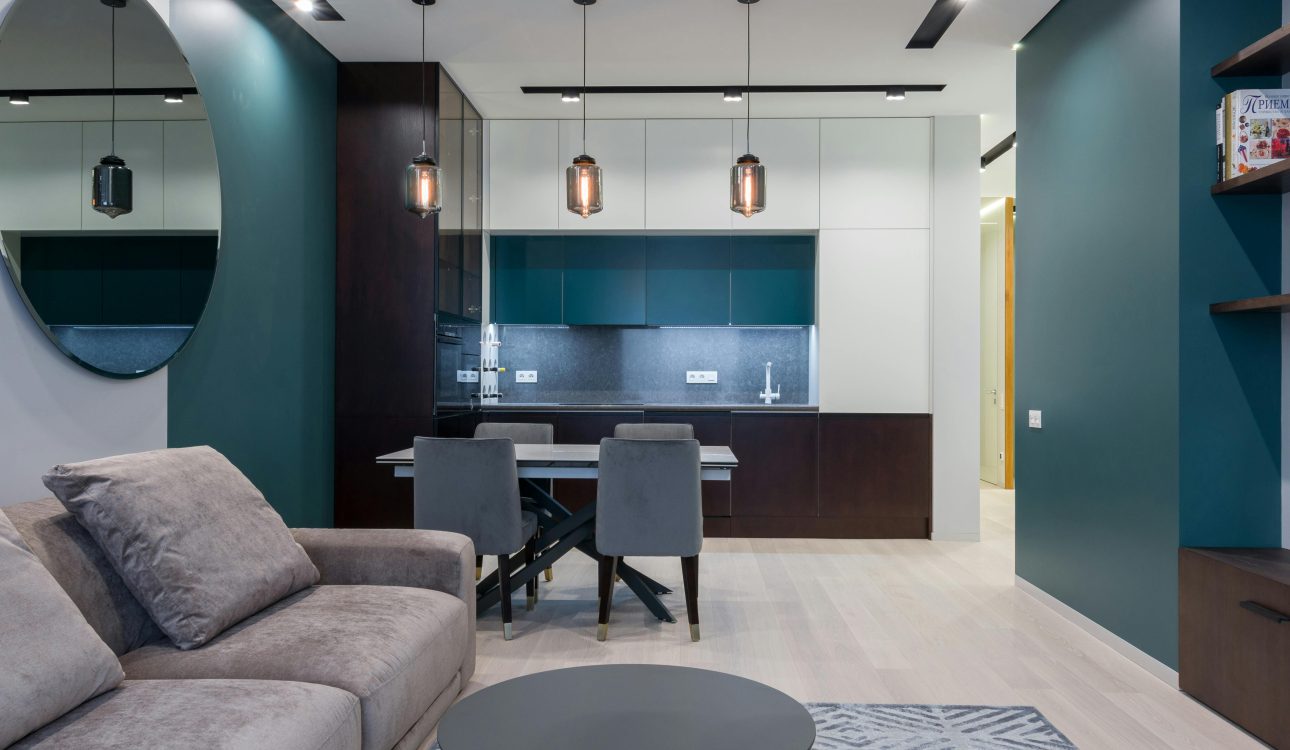Interior design is not just about aesthetics; it is about creating functional, efficient, and comfortable spaces. Residential interior design focuses on personal living spaces, aiming to enhance the quality of life for the inhabitants. This guide will walk you through the essential aspects of planning spaces in residential design, covering everything from initial concepts to final touches.
Understanding the Basics
- Purpose of the Space: Each room in a home serves a specific purpose. Identifying the primary function of the space is the first step in planning. For example, a living room is for socializing, while a bedroom is for rest and relaxation.
- Client’s Needs and Lifestyle: Understanding the client’s lifestyle, preferences, and requirements is crucial. This includes their daily routines, hobbies, and long-term plans.
- Budget and Timeline: Establishing a budget and timeline ensures that the project is realistic and manageable. It helps in making informed decisions about materials, furnishings, and labor.
Key Elements of Residential Interior Design
- Space Planning:
- Style and Theme:
- Furniture and Fixtures:
- Lighting
- Materials and Finishes:
- Storage Solutions:
- Personal Touches:
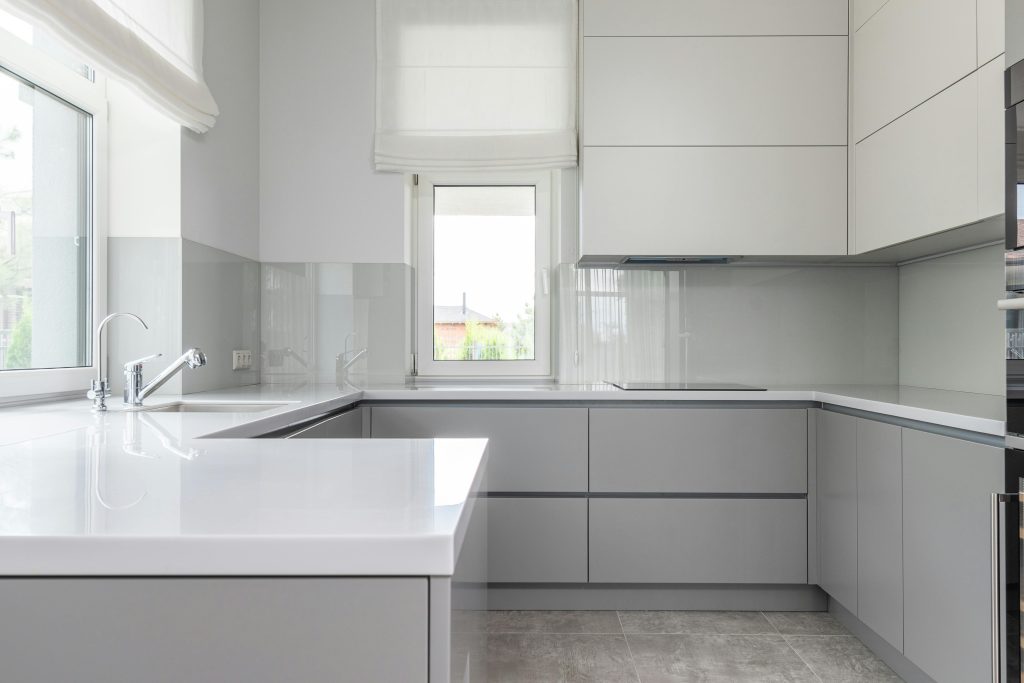
How to Do Space Planning in Residential Design
Space planning is a fundamental aspect of interior design that involves arranging and organizing a room’s layout to optimize functionality, flow, and aesthetics. Effective space planning ensures that a space is used efficiently and meets the needs and preferences of its occupants.
- Measure and Analyze: Accurately measure dimensions and identify structural elements.
- Define Purpose: Determine and prioritize the functions of each space.
- Create a Floor Plan: Draw a scaled plan and ensure smooth traffic flow.
- Allocate Zones: Divide into functional areas and place related activities close.
- Select Furniture: Choose appropriately sized, multi-functional pieces.
- Plan Storage: Incorporate built-in and freestanding storage solutions.
- Incorporate Lighting: Maximize natural light and layer artificial lighting.
- Ensure Flexibility: Design adaptable spaces for future needs.
- Test Layout: Mock-up furniture placement to visualize the arrangement.
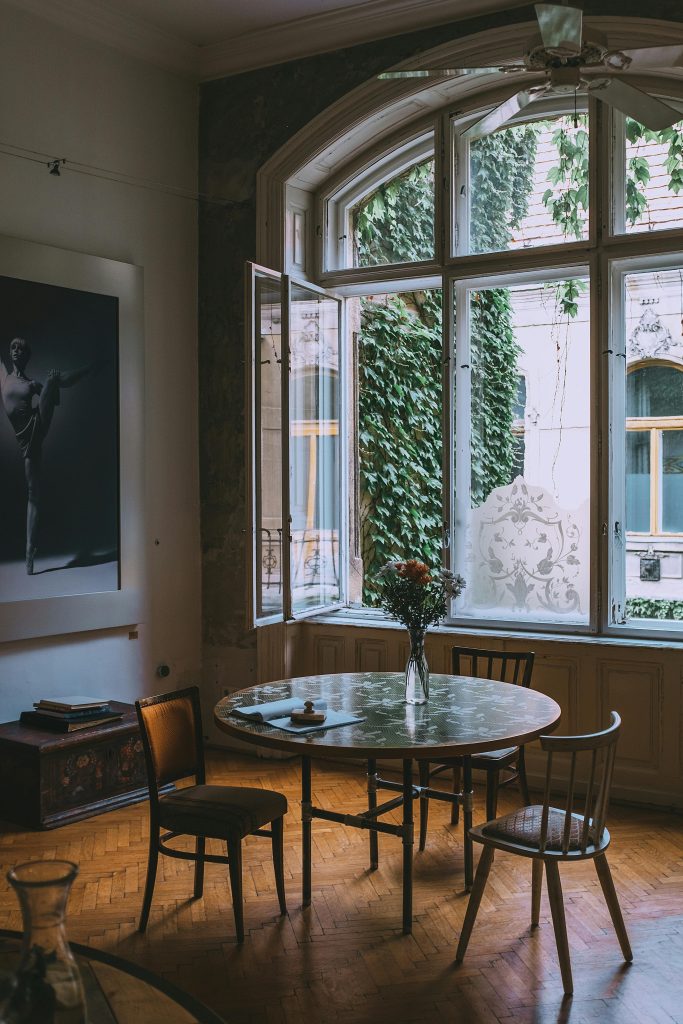
Style and Theme in Residential Design
Style: defines the design language (e.g., modern, traditional, rustic).
Theme: represents the overall concept or narrative (e.g., nature, culture).
Steps to Establish Style and Theme:
- Understand Preferences: Gather client tastes and needs.
- Assess Architecture: Match style with architectural features.
- Choose Color Palette: Select harmonious colors.
- Select Materials: Use materials that reflect the style.
- Incorporate Furniture & Decor: Choose items that reinforce the theme.
- Ensure Consistency: Maintain a cohesive look throughout the home.
Popular Styles:
- Modern: Clean lines, neutral tones, glass and metal.
- Traditional: Classic details, rich fabrics, warm colors.
- Rustic: Natural materials, earthy tones, rugged look.
- Industrial: Raw, unfinished elements, neutral and metallic colors.
- Minimalist: Simplified forms, monochromatic palette, functional materials.
- Bohemian: Eclectic, colorful, varied patterns.
- Eclectic: Mix of styles and eras, personalized look.
Final Touches: Use appropriate artwork, lighting, and accessories to enhance the chosen style and theme.
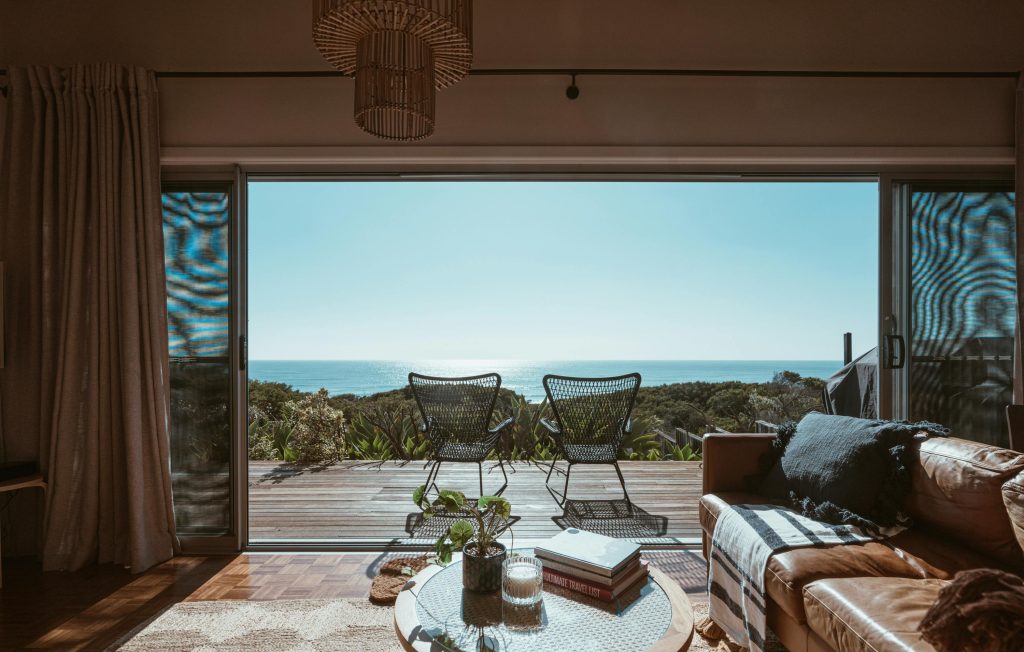
Furniture and Fixtures in Residential Design
Furniture and fixtures are essential elements that significantly impact the functionality and aesthetics of a space. They should be chosen to complement the overall design style, enhance comfort, and meet the practical needs of the occupants.
Furniture:
- Scale and Proportion: Fit furniture to room size; ensure balance and avoid overcrowding.
- Functionality: Opt for multi-functional and adaptable pieces.
- Comfort and Quality: Choose comfortable, durable items.
- Style: Match furniture to the room’s style and theme.
- Arrangement: Plan layout to optimize space and flow; highlight focal points.
Fixtures:
- Lighting: Use a mix of ambient, task, and accent lighting; select fixtures that complement the style.
- Hardware: Choose cabinet handles, knobs, and other hardware that match the design theme.
- Plumbing: Select sinks, faucets, and showers that fit the room’s style and functionality.
- Specialty Fixtures: Incorporate ventilation and smart technology where needed.
Final Tips:
- Ensure harmony with the overall design.
- Invest in quality and durability.
- Personalize with unique or cust
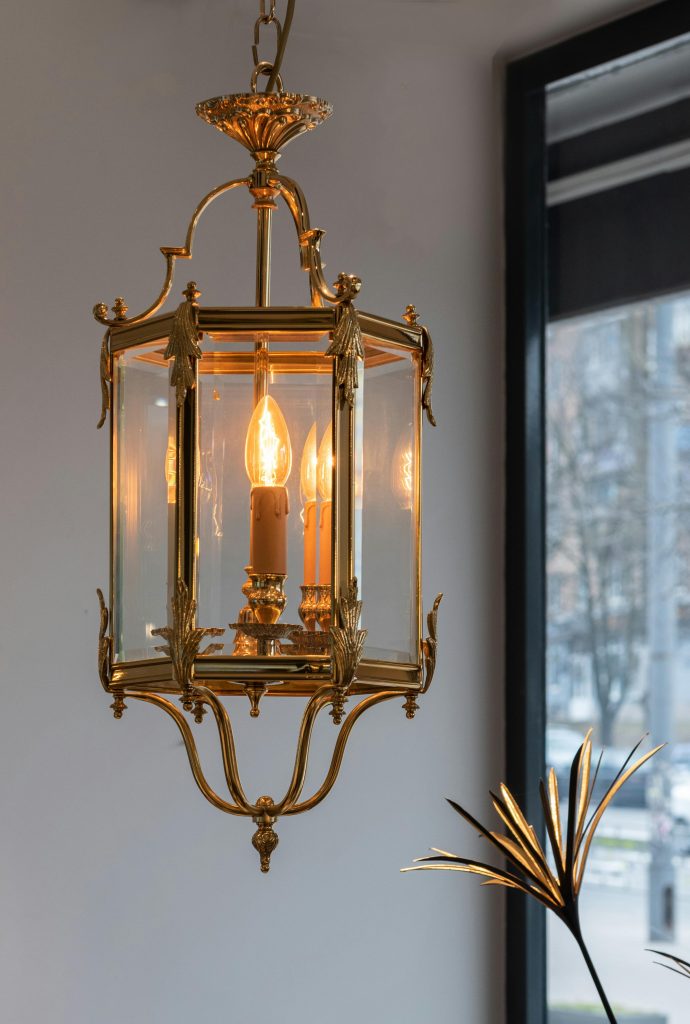
Lighting in Residential Design
Lighting is a crucial element in residential design, shaping the ambiance, functionality, and overall aesthetic of a space. Effective lighting not only illuminates but also enhances the mood, highlights key features, and supports daily activities. Understanding the different types of lighting and their applications helps create a well-balanced and inviting environment.
Types of Lighting:
- Ambient: General room illumination (e.g., ceiling fixtures).
- Task: Focused light for specific activities (e.g., desk lamps).
- Accent: Highlights features or adds visual interest (e.g., spotlights).
Key Considerations:
- Layering: Combine different lighting types for balance.
- Fixture Style: Match fixtures to the room’s design.
- Placement: Position lights to enhance functionality and highlight features.
- Dimmer Controls: Use dimmers for adjustable lighting and mood setting.
Final Tips:
- Integrate natural light and smart lighting solutions for added flexibility and efficiency.
Materials and Finishes:
- Durability: Choose materials that can withstand daily wear and tear, especially in high-traffic areas like kitchens and bathrooms.
- Aesthetics: Balance functionality with visual appeal. For example, hardwood floors are both durable and attractive.
Storage Solutions:
- Built-in Storage: Incorporate built-in cabinets, closets, and shelves to maximize space efficiency.
- Multi-functional Furniture: Use furniture with hidden storage options, like ottomans and beds with drawers.
Personal Touches:
- Artwork and Decor: Add personality with artwork, photos, and decorative items that reflect the client’s taste.
- Textiles: Use textiles like rugs, cushions, and curtains to add color, texture, and warmth.
Steps in the Design Process
- Consultation and Assessment: Meet with the client to discuss their needs, preferences, and budget. Conduct a thorough assessment of the existing space.
- Concept Development: Create a design concept that outlines the style, color scheme, and overall vision for the space. Present mood boards and sketches for client feedback.
- Design Planning: Develop detailed floor plans, elevations, and 3D renderings. Select materials, finishes, and furnishings.
- Implementation: Coordinate with contractors, suppliers, and craftsmen to bring the design to life. Oversee the installation of furniture, fixtures, and decor.
- Final Touches: Add the finishing touches, ensuring everything is in place and meets the client’s expectations. Conduct a final walkthrough with the client.
Conclusion
Residential interior design is a blend of creativity and practicality. By understanding the client’s needs, utilizing space effectively, and paying attention to details, you can create beautiful and functional living spaces. Whether you are designing your own home or working with a professional, this guide provides a solid foundation for planning and executing successful interior design projects.

